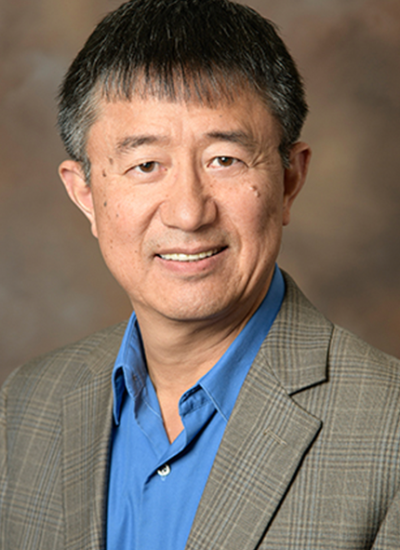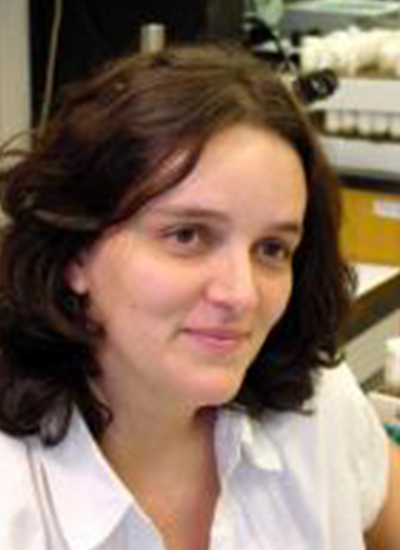Dr. Minying Cai is currently a research professor in the Department of Chemistry and Biochemistry at the University of Arizona. She has been working in the Chemistry & Biochemistry department for more than 16 years and has more than 100 publications in the area of novel drug discovery for obesity, diabetes, cancer and pain. Dr. Cai received the Ph.D. at the University of Arizona in Biochemistry and Molecular Biophysics in 2004. Before that, she had been working in Shanghai Institute of Materia Medica; Shanghai Research Center of Biotechnology in Chinese Academy of Sciences. Dr. Cai has been working on peptide based drug discovery for more than 23 years, starting with discovery of developing anti-microbial peptide and insulin related peptide drug. Sixteen years ago, she started working on melanotropin and opioid related drug discovery. Dr. Cai's research in peptides involves highly multidisciplinary areas including chemistry and biochemistry; molecular pharmacology, molecular imaging, and cancer research, with expertise in molecular pharmacology, synthetic, organic and peptide methodology, chemical and biophysical analysis and evaluation, and in vitro and in vivo expression. Dr. Cai is currently working on several projects at the interface of chemistry, pharmacology and biology within the areas of: 1. Structure based drug design and synthesis of GPCR ligands, including developing selective hMCRs ligand; 2. Developing novel biophysics tools for molecular imaging; novel biomarker for high-throughput screening system. 3. Exploiting novel scaffold via computational chemistry for small molecule therapeutics for energy balance and cancer study; 4. Creating a nanostructured integrated platform for biodetection and imaging-guided therapy. Keywords: Drug Discovery, Melanoma Prevention, neurodegenerative diseases, Obesity and Diabetes, Melanocortin System







